Description
Product Alternative: Taurus SC Termiticide
Active Ingredients: Fipronil – .005%, Imidacloprid – .025%
EPA Registration No.: 87093-5-53883
Fuse Foam Application Instructions:
Fuse Foam can be used to control insects where they are found or suspected; including: in nests, galleries, harborages and voids. Apply Fuse Foam in and around commercial and residential structures as well as structural and non-structural elements that can potentially be attacked by, or provide harborage to, insects. Applications of Fuse Foam can be made from the interior and/or exterior. Drilling of hole(s) may be necessary to access galleries or harborages. Treatment of insect harborages associated with utility poles, fences, bridges, landscape timbers, under slabs or other non-structural elements is permitted with Fuse Foam.
TREATMENT OF INSECT GALLERIES, HARBORAGES OR VOIDS:
Fuse Foam can be used as a localized treatment to kill existing infestations of subterranean termites and other wood destroying insects, or as a supplemental treatment in a structural protection program. Fuse Foam is intended for use on localized wood destroying insect infestations only. The purpose of localized applications is to kill wood destroying insects which may be present in the treated channels at the time of treatment. Localized applications are intended as supplemental treatments and not a substitute for: mechanical alteration, soil treatment, or foundation treatment.
WOOD DESTROYING PEST TREATMENTS – INDOORS TERMITES:
Use this product in areas where termites are known or suspected. Apply Fuse Foam to termite galleries, channels, damaged wood, harborages between structural elements or within construction voids. Indoor termiticide treatment locations may include areas associated with unexposed wooden elements inside wall voids, in and around bath traps, shower voids, pipe chases, utility penetrations and other probable sites of termite entry or harborage.
OTHER WOOD DESTROYING PESTS (POWDER POST BEETLES, OLD HOUSE BORER AND WHARF BORER):
Treatment locations for other wood destroying pests may include areas associated with exposed non-sealed wooden elements in areas such as crawl spaces, attics, unexposed wooden elements inside walls, galleries or other harborages. Apply a sufficient quantity of this product into voids or channels in damaged wood of a structure, or to cracks, crevices, and spaces in and between wooden portions of a structure or between wood and the foundation, and in locations vulnerable to attack such as crawl spaces.
WOOD DESTROYING PEST TREATMENTS – OUTDOORS
Outdoor treatment locations may include infested trees, shrubs and tree stumps, and exterior wooden elements associated with bridges, decks, fencing, landscape timbers, wooden retaining walls, siding, channels in damaged wood, spaces between wooden elements of a structure, junctions between wood and foundations and voids associated with buildings. Applications to exposed subterranean termite tunnels (i.e. shelter tubes) may be made to both residential and commercial outdoor areas. Crack open a section of the shelter tube and apply directly over the exposed area. Apply enough Fuse Foam to cover the exposed area and a distance of approximately 2” in each direction over the shelter tube itself. Outdoor applications of this product must be limited to small spot treatments (not to exceed 2 ft2) only.
TERMITES AND CARPENTER ANTS HARBORING IN STUMPS, UTILITY POLES, SLABS AND FENCES:
Drill 1 or more holes into areas of suspected termite or ant activity. It may be necessary to drill several holes around the circumference of the stump or utility pole, to properly treat the nest or gallery system. When treating below slabs, drill 1 or more holes through the slab where termites or carpenter ants are active, or suspected, and inject this product. For fences, treat exposed surfaces with this product where termites or ants are active (IMPORTANT: the foam must dissipate or excess foam must be removed before the applicator leaves the area) and/or drill wooden members where termites or ants are active, or suspected, and apply this product.
FORAGING CARPENTER ANTS:
This product is intended for outdoor treatments for ant harborages or trails associated with decks, fences or other non-structural elements. Inject this product into galleries, cavities, harborages or structural voids. Apply the foam up to a 6” length of the ant trail. IMPORTANT: the foam must dissipate or excess foam must be removed before the applicator leaves the area.
CARPENTER BEES:
For use as a localized treatment. Apply foam directly into gallery entrance holes. Following treatment with this product, the entrance holes may be plugged with a suitable material. IMPORTANT: the foam must dissipate or excess foam must be removed before the applicator leaves the area.
EXTERIOR PERIMETER/LOCALIZED INTERIOR TERMITES [SUBTERRANEAN (Coptotermes, Reticulitermes, Heterotermes and Zootermopsis), and Arboreal]:
Fuse Foam can be used as a preventative for interior structural void treatment for subterranean termites. Interior applications to vulnerable areas are only intended for localized areas of existing or potential termite activity and must not be applied to indoor surfaces for the purposes of general pest control. Fuse Foam is not for use as a substitute for soil applied termiticide treatment(s) beneath slabs or foundations. Targeted interior application(s) of Fuse Foam may be made to vulnerable areas such as voids associated with plumbing/utility lines penetrating floors, bath and/or shower voids, expansion joints and/or settlement cracks, wall voids and other voids of probable or potential termite entry.
NON-WOOD DESTROYING PEST TREATMENTS CRAWLING PESTS –
Ants (Excluding Fire, Harvester, Leaf Cutter and Pharaoh): To kill ants in houses and other structures. This is not a substitute for mechanical alteration, soil or foundation treatment. Treat voids with this product, where these pests enter, hide or harbor. Apply by crack and crevice application. Apply to sufficiently cover the area, but do not allow excessive dripping or run-off to occur. Immediately wipe up any excess product on exposed surfaces.
FOOD/FEED HANDLING ESTABLISHMENTS
Applications of this product are permitted in non-food and feed areas of food/feed handling establishments as an exterior spot (not to exceed 2ft2) or void treatment. Do not apply Fuse Foam to any voids in the equipment or machinery used in the storage, processing or preparation of food. For Wood Destroying Pests: Treat the voids with this product, from the exterior or interior, where these pests enter, hide or harbor. Immediately wipe up any excess product on an exposed surface. Food/feed handling establishments are defined as places other than private residences in which exposed food/feed is held, processed, prepared or served. Food/feed areas also include areas for receiving, storing, packing (canning, bottling, wrapping, boxing), preparing, edible waste storage and enclosed processing systems (mills, dairies, edible oils, syrups) of food. Serving areas where food is exposed and the facility where there is food in the operation are also considered food areas. Areas considered non-food/feed, include areas such as garbage rooms, lavatories, floor drains (to sewers), entries and vestibules, offices, locker rooms, machine rooms, boiler rooms, garages, mop closets and storage areas (after packaging, canning or bottling). S
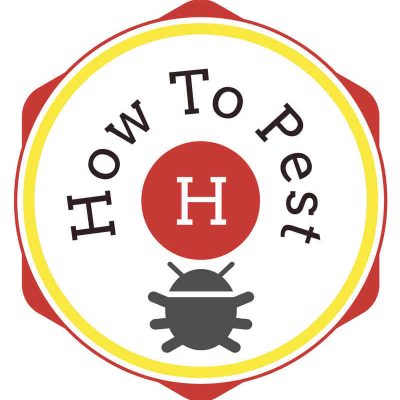

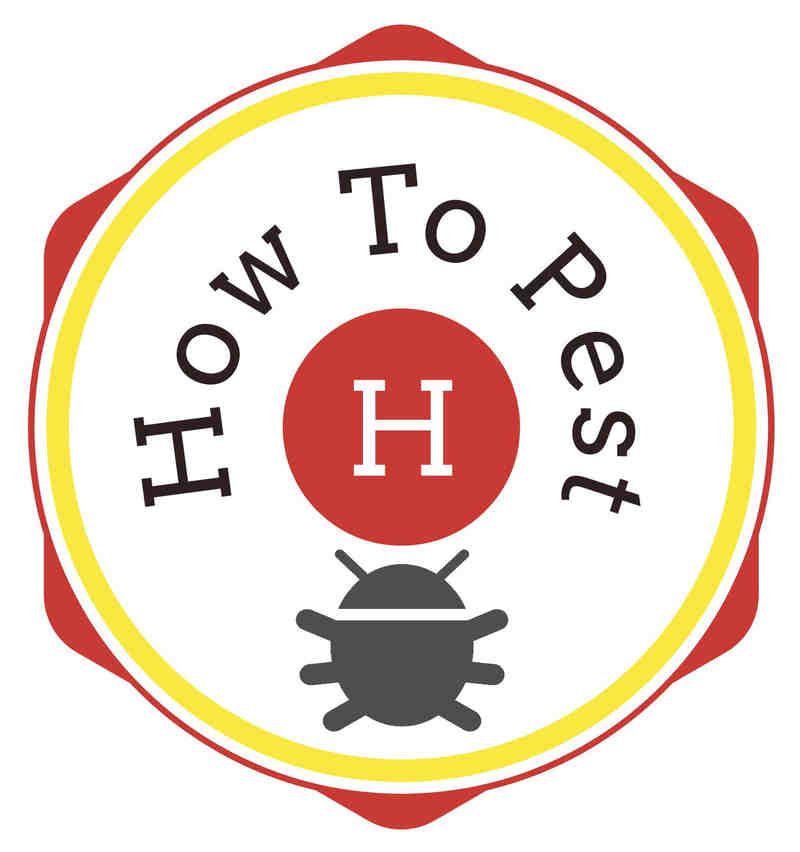

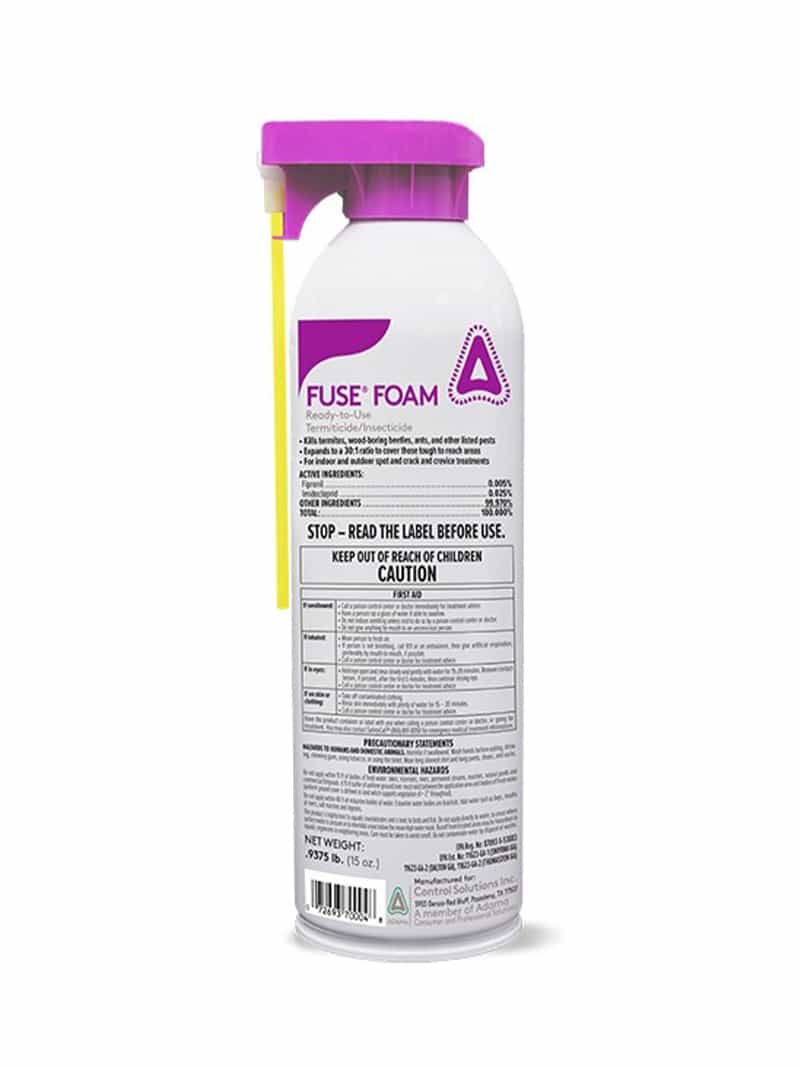

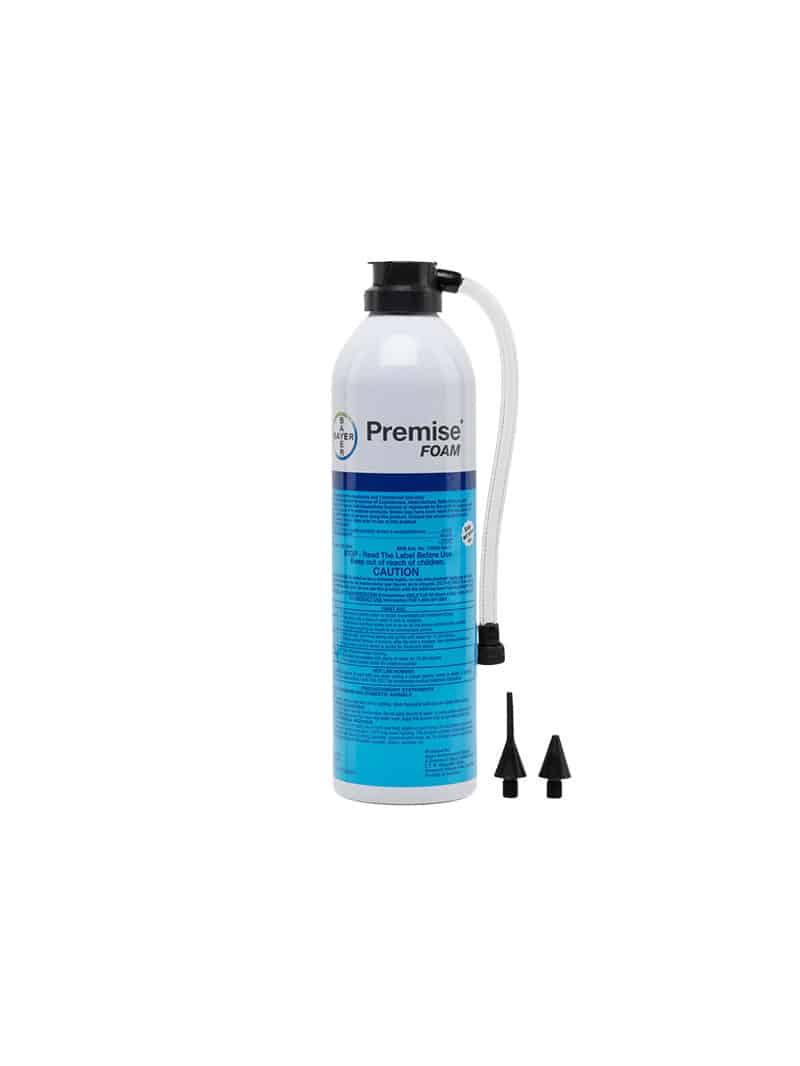
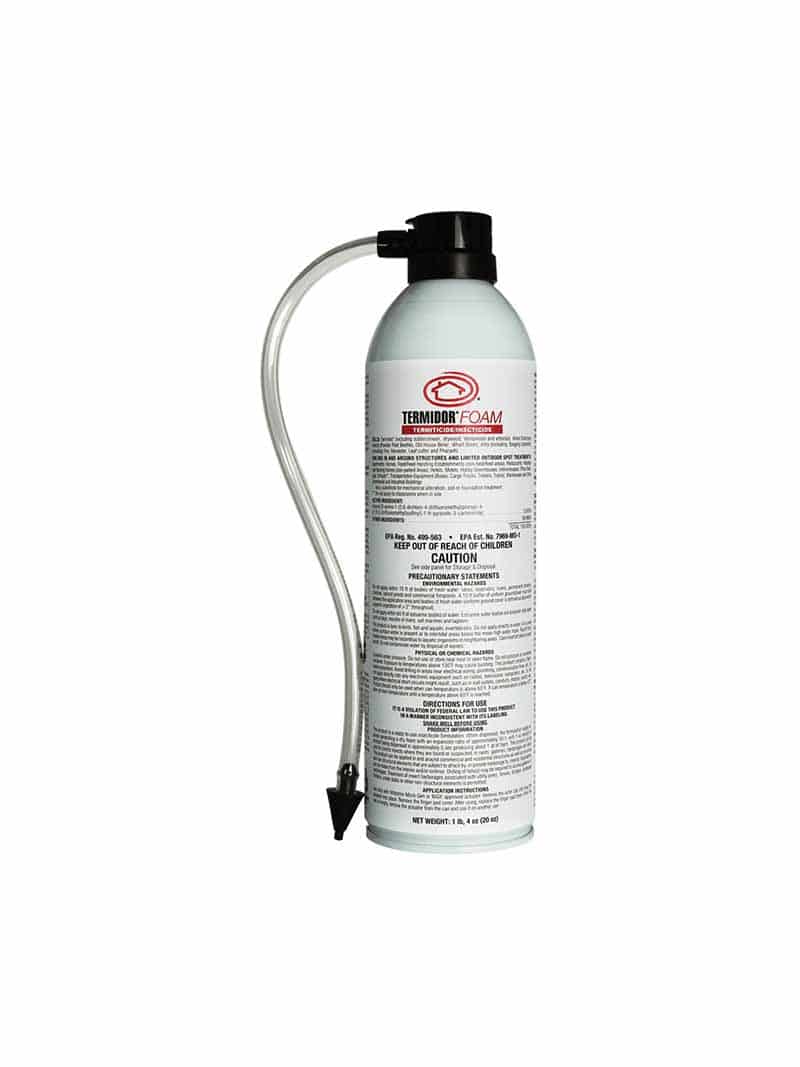
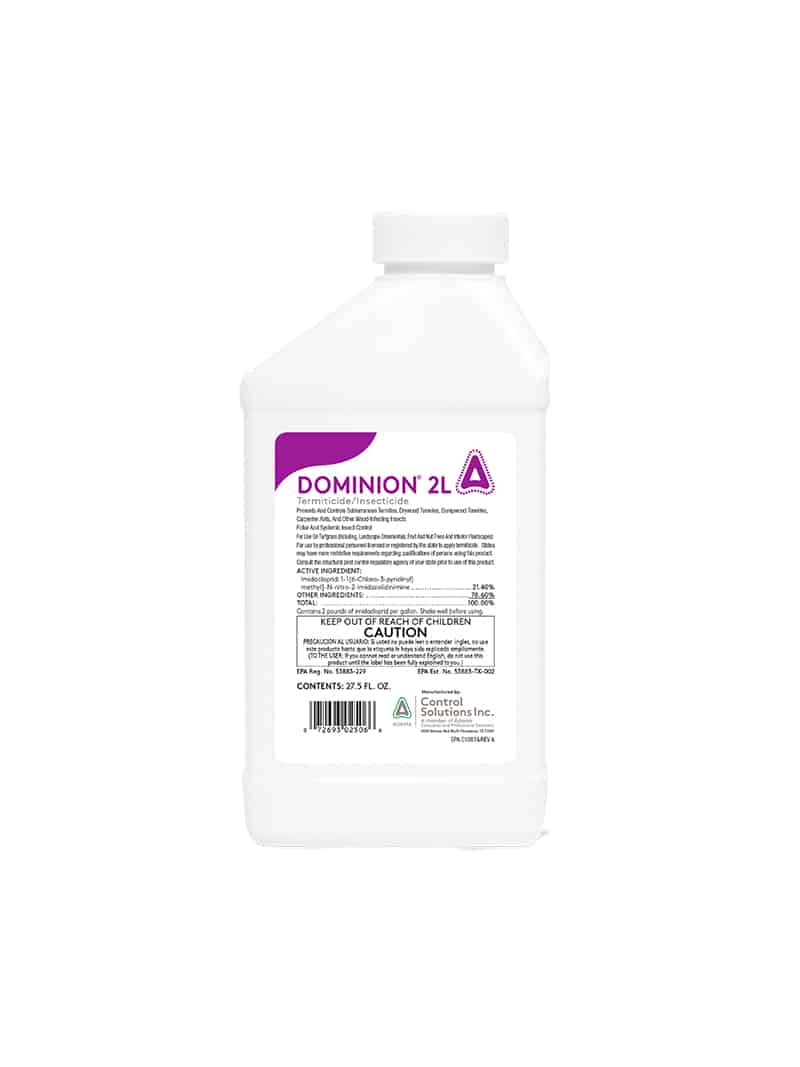


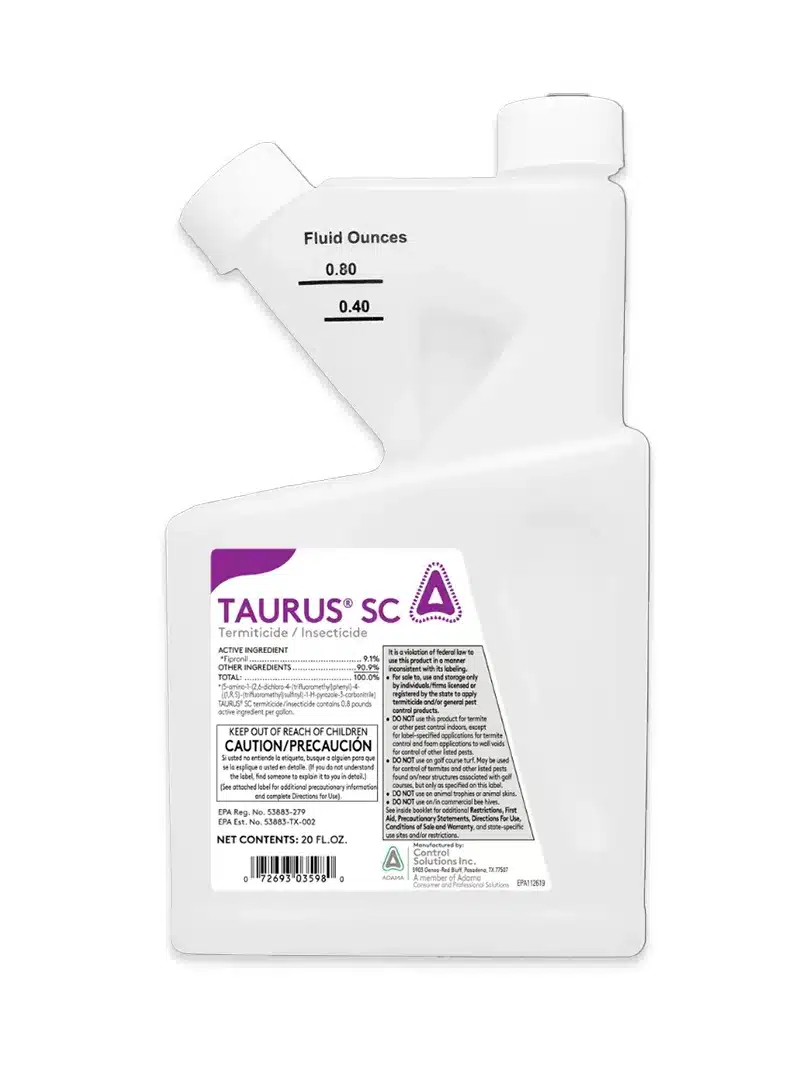
Lorraine Taylor (verified owner) –